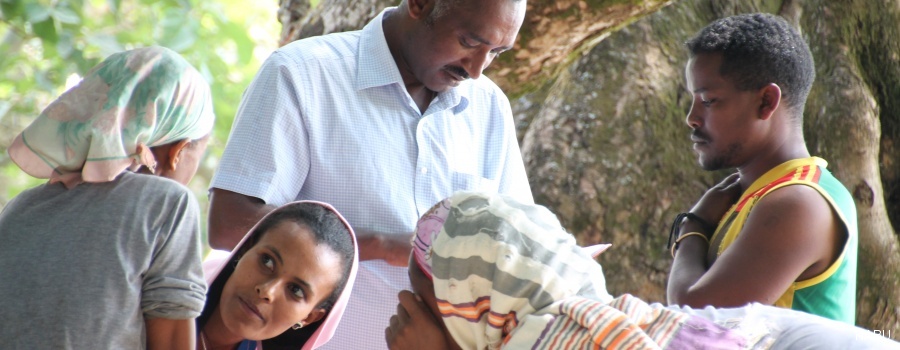
One Biosphere Reserve – Three Functions
According to UNESCO’s definition, a well functioning Biosphere Reserve fulfills three main functions:
- Conservation: protecting cultural diversity and biodiversity, including genetic variation, species, ecosystems and landscapes and securing services provided by such diversity
- Development: fostering economic and human development that is environmentally and socially sustainable and culturally appropriate
- Logistic support: facilitating demonstration projects, environmental education and sustainable development education and training, research, and monitoring. While education, research, monitoring and capacity enhancement are seen as components of the logistic or knowledge-generation function of biosphere reserves, they are also integral to the conservation and development functions.
All three functions are interconnected and provide information and insights for the other areas. Only with the combined efforts of all actors within a Biosphere Reserve, be it governmental offices, educational institutions, private companies and the local communities can a Biosphere Reserve really be the model area it intends to be.
